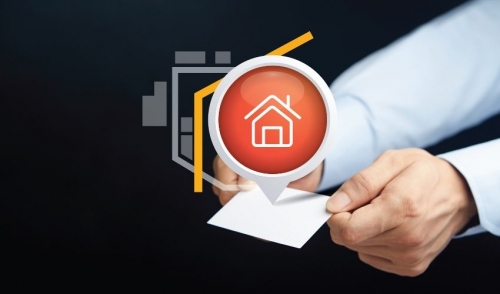
What's Next for the Home Improvement Industry?
Fall is a time to look ahead and prepare for the year to come. In the home improvement industry, this manifests in numerous ways: Businesses begin to plan for the following year, trend experts release their projections for interior and exterior design, and industry experts project what will impact the industry in the coming year. At the Home Improvement Insights Summit, industry experts come together to identify and dig into challenges facing the industry and present actionable insights. The Home Improvement Research Institute (HIRI) presents three big ideas that stemmed from the meeting of experts at the Insights Summit.
1. Consumer profiles and expectations are changing as they become better informed through technology.
Today’s consumers have rich, in-depth information at their fingertips and can make more informed decisions than ever before. With technology, touchpoints, paths to purchase and inspiration sources all changing, shoppers get hit with more messaging and more decisions. In response, brands can stay nimble by focusing on creating value for tech-savvy consumers beyond table stakes needs such as speed and accessibility.
“For home improvement, consumers are knowledge-hungry. Seventy-four percent do research to get as much information as possible before making a purchase. Knowledge is absolutely essential for brick and mortar, but a seamless, effortless experience is also important.”
Amy Anthony, Senior Director of Customer Insights, Loyalty/CRM and Marketing Operations at Lowe’s Companies
2. A decrease in mobility indicates changing market demands.
Generational differences matter more than ever, as millennials mature into the homebuying market and boomers age in place with more purchasing power than prior generations. For brands, it’s important not to assume rising generations’ preferences will mirror those of the generations before them. As mobility patterns change, so will consumer needs and demands. Businesses that recognize these changing patterns early can stay ahead of the game.
“From the 1940s to the 1980s, about one in five Americans moved every year. Today, only about one in 10 Americans move each year, and decline is steepest among young adults. Why is mobility declining? The reason is not known for sure, but an aging population, multigenerational living, different housing structures, housing costs, student debt, the rise of dual-earning households and telecommuting could all have varying impact.”
Riordan Frost, Research Assistant at the Harvard University Joint Center for Housing Studies, in his presentation “Household Mobility and Implications for Home Improvement”
3. Weather isn’t just for small talk anymore, but a serious force to be reckoned with.
Changing and intensifying weather patterns will require the attention of business leaders in the home industry. Smart brands will realize their responsibility and opportunity as the impact of inclement weather grows. Doors are opening for the home to be even more connected to peace of mind, security, wellness and expression—qualities consumers increasingly crave in the face of uncertainty.
“Eighty-two percent of millennials are anxious about how climate change will affect their children’s quality of life. Forty-one percent want to be seen as someone who buys green products—and 25% of Americans can name a specific brand they’ve purchased or not purchased because of the environmental record of the manufacturer (up from 6% in the 2000s)."
Susan Shelton, President and CEO at Shelton Group, in her presentation “In Me, On Me, Around Me: Understanding the Health Concerns of Today’s Home Improvement Products Buyer”
